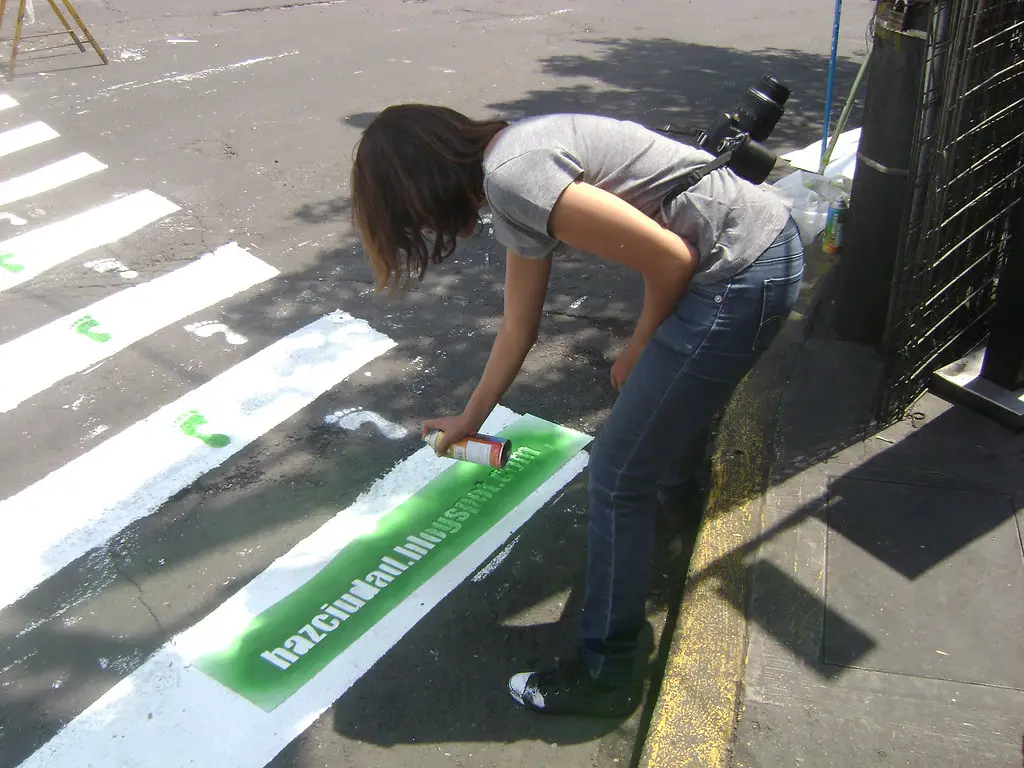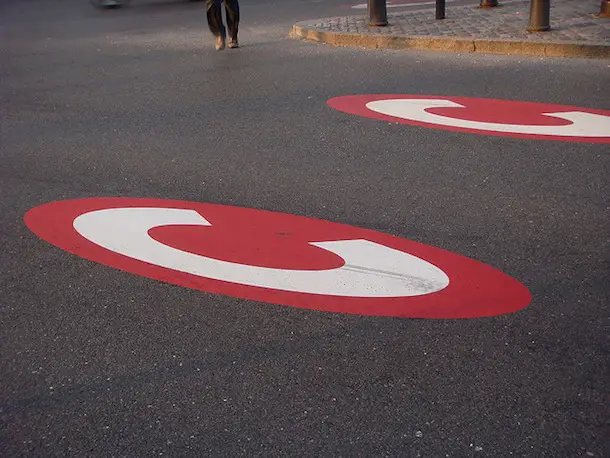Across Britain disused warehouses, industrial buildings, pools, churches, town halls and cinemas have been converted into theatres. This year at our annual conference on the 14 June at the Pleasance in Islington we’re taking a look at some of them, considering their place alongside purpose built theatres and assessing their value to artists, regeneration of towns and cities and the life of local communities.
As Resources Officer at The Theatres Trust I’m often asked if I know of vacant buildings that can be turned into theatres and how to go about converting them. In answering that question I share stories of theatre companies who have created new homes in found spaces and point out the practicalities of creating spaces in existing buildings. When it comes to buildings services, architectural processes and planning legalities it’s often a huge learning curve, not least because there are so many other factors to take into consideration.
Theatres are unique buildings to design and are made up of many elements that need to be carefully planned to ensure they have the right ambience, run smoothly and offer flexibility. They are a valuable resource for communities, making a major contribution to the life of city centres and providing a focus for people to come together and share experiences, whether in a purpose built theatre or through reusing a disused space.
You might think that converting theatres is a modern phenomenon but the conversion of buildings to theatres can be traced back to medieval times – even as the idea of the theatre as a distinct building type developed, the Teatro Olimpico at Vicenza (1580) was created within the shell of a medieval fortress.
At the beginning of the 20th century, today’s London Palladium façade was retained from the buildings previous use, and in the 1920’s Terence Gray, founder of the Festival Theatre, Cambridge (a purpose built venue), suggested that he would “rather produce Shakespeare in a barn, a cellar, a church, a concert hall, a boxing ring, or any other architectural structure than a theatre.”
The 40s saw various buildings used as impermanent performance venues due to the war effort but by the 50s permanent conversions became a more attractive option. The 60s marked a boom in the conversion of buildings for theatre, assisted by the abolition of censorship and social liberation. The conventional theatres were thought by some to get in the way of the artistic and creative message. Peter Brook, in his seminal book, The Empty Space, wrote: “I can take any empty space and call it a bare stage. A man walks across this empty space whilst someone else is watching and this is all that is needed for an act of theatre to be engaged” – a point that is still debated today.
It is after all the theatre company that chooses to go on that very personal voyage of exploration for the ideal ‘found space’ within which their vision and philosophy may flourish. It is a big task, and no theatre can afford to rest on its creative laurels. Audiences need to be satisfied, and buildings need to be well equipped, efficiently maintained and have a sustainable financial strategy.
So what are the current challenges of conversion and management? Are conversions a better idea in an uncertain economic climate? Are they really less expensive than new builds? What makes a good converted space and where does the relationship between the architect and the theatre company fit in? Central in answering these questions is the experience of those who have created, run, performed in and been audiences in these buildings.
Drawing upon knowledge from theatre companies who have created their own spaces in existing buildings and the architects who helped shape the spaces for them The Theatres Trust, the national advisory body for theatres, is running Conference 11: Converting Spaces ~ Creating Theatres to explore all these issues and more. Contributions from the Tobacco Factory in Bristol, Arcola, BAC, the Park Theatre and the Roundhouse in London, and the Arches in Glasgow will offer attendees the opportunity to learn from organisations who have been through the process of converting an unused building into a theatre.
If you are thinking of undertaking a conversion this year’s conference won’t tell you what space you want or need but I hope that it will enable you to make the best use of resources and learn from artists, directors and architects who have been through the process.
Kate Carmichael is Resources Officer at The Theatres Trust, a National Advisory Public Body established to promote the better protection of theatres.
Photo: Loubna Benamer


